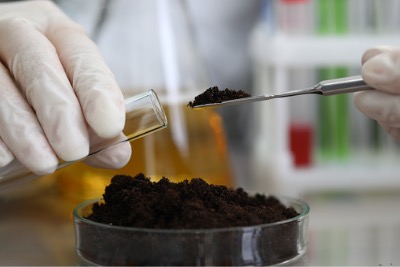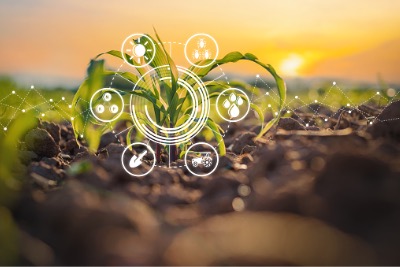
What does it take to be certified organic?
What is Organic Certification?
Organic certification allows a farmer, handler, transporter, or processing facility to sell, label, and present products as organic in the following areas:
- Crops
- Wild crops
- Livestock
- Handling
Organic Crop Farming
Organic farmers build fertile and healthy soil using slow-release sources of crop nutrients like manure and compost. They manage crop rotations to improve nutrients and eliminate soil erosion. Pests are controlled by providing a beneficial environment to attract and harbor predators of crop pests. Diverse crop rotations are employed to disrupt pest and disease cycles. Many use cover crop plantings to suppress weeds. Also, organic farmers often protect natural resources by planting field borders with flowering plants to provide pollinator habitats. They establish buffer strips to filter runoff water and protect water and soil.
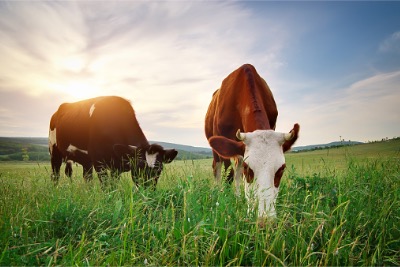
Organic Livestock Farming
Raising organic livestock begins with organic feed. The livestock must consume only certified organic feed. Animals have access to a pasture during the grazing season. The animals are granted access to the outdoors for shade, shelter space, exercise, and clean water. Veterinary organic health care emphasizes preventive health care. Organic animals do not take antibiotics or growth hormones.
Organic handling
According to the USDA, organic handlers process package and store agricultural products. Organic handlers are people who cook, bake, cure dry, mix, grind, turn, separate, distil, extract, slaughter, ferment, dehydrate, freeze, package, can, or otherwise modify organic agricultural products. Organic handlers must use methods that comply with USDA organic regulations. Organic handlers must also protect organic products from contact with prohibited substance substances and co-mingling with an inner nonorganic product. Every process in the supply chain is subject to organic regulations.
To be eligible for certification the land used for organic farming must be free from prohibited substances for at least three years. Organic applicants should document the last date that the prohibited substances were applied to the land. It is possible for conventional and organic production to occur at the same farm but buffer zones are required if prohibited substances are used on adjacent parcels or on neighboring land.

The first step to transitioning to organic practices is ending all use of prohibited substances. Some farmers choose to transition their land to organic management gradually by either buying new land, or by transitioning one parcel of land at a time.
Third Party Certifiers
The USDA does not certify organic operations directly. Instead, they accredit third party certifiers to inspect an improve organic producers and handlers. Certifiers grant organic certificates to compliant producers and handlers so that they can market and sell their products as organic.
Certifiers verify that organic farms are processing facilities meet USDA organic regulations. Certifiers may be private entities states or foreign governments. There are about 100 certifiers in the world and the majority are located in the United States. According to the USDA website, certifiers and handlers may work with any certifying agent. The USDA oversees the work of all certifiers.
The USDA has a list of accredited certifiers that inspect and certify facilities. Before companies embark upon the organic certification process, they must develop an organic system plan that details how they propose to comply with regulations given the unique characteristics of their business. Once approved, the USDA lists the steps that they must complete to obtain organic certification:
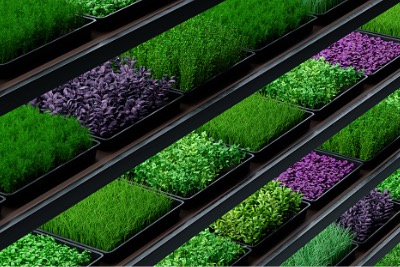
- The producer or handler implements their plan and arranges for certifier to inspect their processes and facilities by submitting and application and paying fees.
- The producer or handler then has an onsite inspection. For example, if they are dealing with plants, the inspection will include inspection of the fields and soil conditions the crops were grown in, crop health, weed management, pest management, water systems used on plants, storage areas and equipment. For livestock feed production and purchase records, feed rations, animal living conditions, preventative health management practices (e.g., vaccinations), health records, and the number and condition of animals present on the farm. At a handling or processing facility, an inspector evaluates the receiving, processing, and storage areas used for organic ingredients and finished products.
- Applicants receive and review report by the certifying agent. They then compare it to their own plan. The certifier will also give the applicant a report that alerts them to the risk of contamination and outlines how to resolve any issues that arose from the inspection.
- The certifier issues the certificate to the compliant producer or handler.
- The organic producer/handler provides an annual update, pays a fee, is inspected and recertified if compliant.
USDA Assistance for Organic Farmers and Handlers
Organic farmers, producers and handlers can receive assistance for organic and sustainable farming from the USDA’s many farm development programs. These programs provide funding, grants, incentives. information, expertise, and more. These include:
- Organic Cost Sharing Programs for certification
- Natural Resource and Environmental Sustainability Funding
- Transition Incentives
- Federal Organic Crop Insurance
- Alternative Farming Education and Information Services
- Access to eOrganic – a community of scientists and practitioners
- Organic Agricultural Research and Extension Initiative (OREI)and Organic Transitions Program (ORG) Funds
- Sustainable Agricultural Research and Education (SARE) grants
- Beginning Farmers and Ranchers Development Program (BFRDP) funds people and organizations that train, educate, and provide technical assistance
- Value-Added Producer Grants
- Market Access Programs (for export and trade)
- Farmers Market Promotion Grant
- Local food promotion programs
- Specialty crop block grants
- Federal state marketing improvement program
To obtain information on the above, organic handlers and producers can visit or call their local USDA office.
Equivalency in Organic Importing and Exporting Regulations
Research Institute of Organic Agriculture, which includes statistics from 160 countries, shows 37.2 million hectares of agricultural land are managed organically by 1.8 million producers.
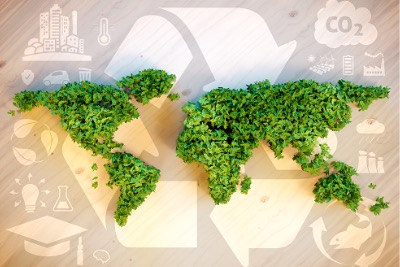
The US, EU, UK, Canada, Korea, Switzerland, Taiwan and Japan have organic standards formulated and regulated by their governments. That means only accredited producers and handlers can call themselves organic. There are agreements between the USDA National Organic Program (NOP) and Egypt, Israel, Denmark, Argentina, Italy, Bolivia, Ghana and Germany to certify organic products according to NOP standards.
Halal and Organic
According to the Halal Trade and Marketing Center, the Halal market is a fast-growing business niche composed of 1.8 billion Muslim people and 57 Muslim-majority countries and the market is valued at more than $2 trillion. Organic and natural Halal products consist of food, personal care, cosmetics, pharmaceuticals, among certain other categories. The market size is over $2.3 trillion. This sector also has a growth rate of over 6%.
Islamic Services of American (ISA) is a leading USA based Halal certification and auditing organization serving companies, the community, and the Halal industry for over 45 years. Contact ISA at isa@isahalal.com or visit the ISA website for more information at www.isahalal.com
